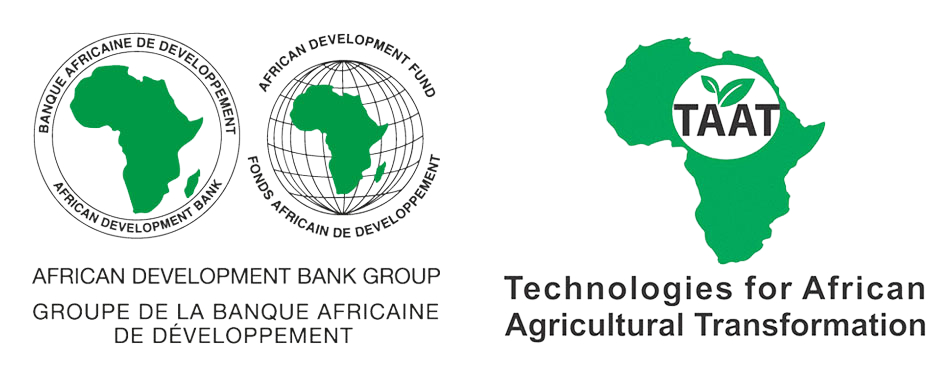


A rapid quality seed delivery technology for cassava
Semi Autotrophic Hydroponics (SAH) for Cassava Multiplication is an innovative technology tailored for cassava propagation. Unlike traditional methods, SAH utilizes controlled environments with modified soil, plant roots, and limited water in trays. This fosters robust root growth while mitigating moisture-related diseases. The technique is cost-effective and adaptable, particularly for dispersed farming communities. SAH yields high-quality, disease-resistant cassava plantlets at a fraction of the production costs of tissue culture. This advancement not only expedites access to new cassava varieties but also bolsters overall productivity and resilience in cassava farming practices.
This technology is TAAT1 validated.
Adults 18 and over: Positive high
The poor: Positive medium
Under 18: Positive medium
Women: Positive medium
Climate adaptability: Highly adaptable
Farmer climate change readiness: Significant improvement
Biodiversity: No impact on biodiversity
Carbon footprint: Same amount of carbon released
Environmental health: Moderately improves environmental health
Soil quality: Does not affect soil health and fertility
Water use: Same amount of water used
In the near future, this section will provide an overview of this technology's success in various contexts, details on partners offering technical support, training, and implementation monitoring, along with other valuable insights for your projects and programs. These details will be added progressively.
In the meantime, use the 'Request information' button if you need to contact us.
operating cost per plant
Production cost
ROI over 3 year
Unknown
Scaling Readiness describes how complete a technology’s development is and its ability to be scaled. It produces a score that measures a technology’s readiness along two axes: the level of maturity of the idea itself, and the level to which the technology has been used so far.
Each axis goes from 0 to 9 where 9 is the “ready-to-scale” status. For each technology profile in the e-catalogs we have documented the scaling readiness status from evidence given by the technology providers. The e-catalogs only showcase technologies for which the scaling readiness score is at least 8 for maturity of the idea and 7 for the level of use.
The graph below represents visually the scaling readiness status for this technology, you can see the label of each level by hovering your mouse cursor on the number.
Read more about scaling readiness ›
Uncontrolled environment: validated
Common use by intended users, in the real world
| Maturity of the idea | Level of use | |||||||||
| 9 | ||||||||||
| 8 | ||||||||||
| 7 | ||||||||||
| 6 | ||||||||||
| 5 | ||||||||||
| 4 | ||||||||||
| 3 | ||||||||||
| 2 | ||||||||||
| 1 | ||||||||||
| 1 | 2 | 3 | 4 | 5 | 6 | 7 | 8 | 9 | ||
| Country | Testing ongoing | Tested | Adopted |
|---|---|---|---|
| Democratic Republic of the Congo | –No ongoing testing | –Not tested | Adopted |
| Nigeria | –No ongoing testing | Tested | Adopted |
| Sierra Leone | –No ongoing testing | –Not tested | Adopted |
| Tanzania | –No ongoing testing | –Not tested | Adopted |
| Togo | –No ongoing testing | –Not tested | Adopted |
| Zambia | –No ongoing testing | –Not tested | Adopted |
This technology can be used in the colored agro-ecological zones. Any zones shown in white are not suitable for this technology.
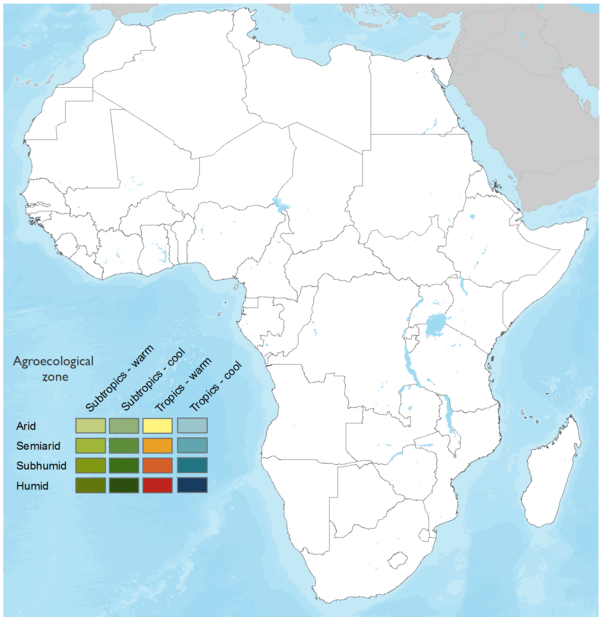


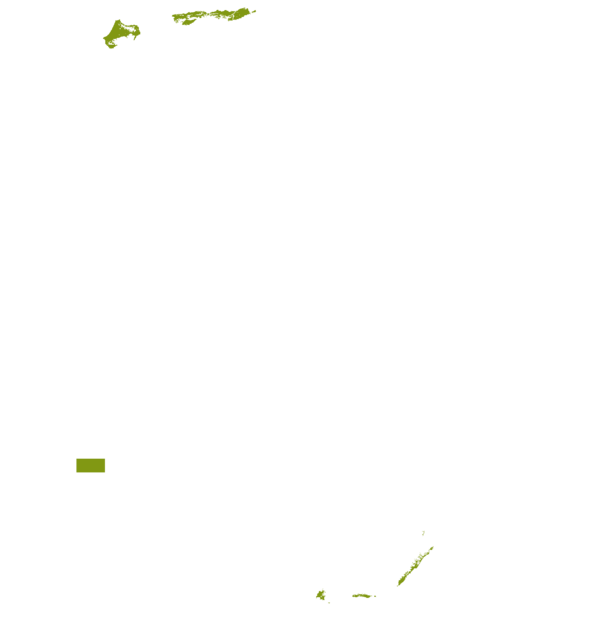



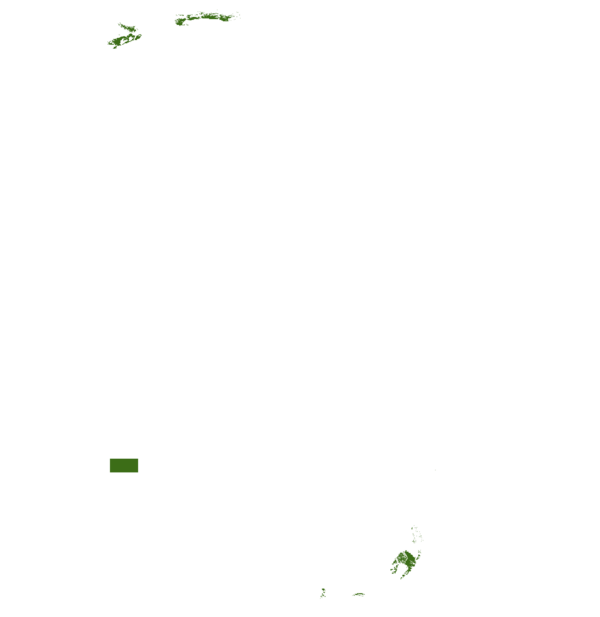

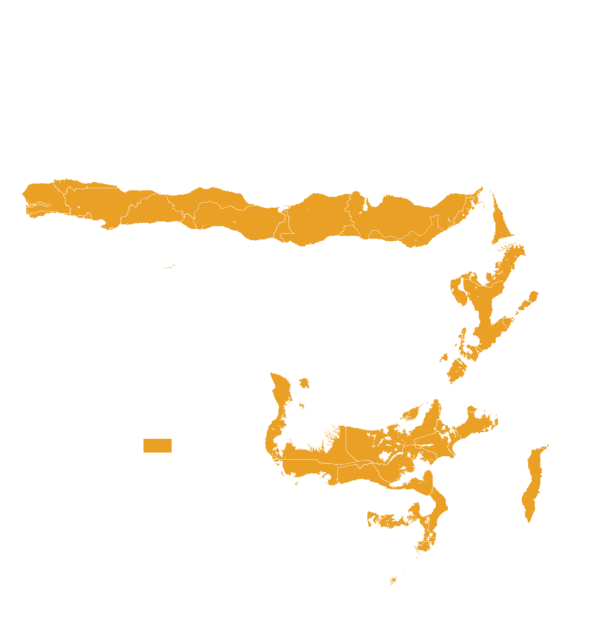
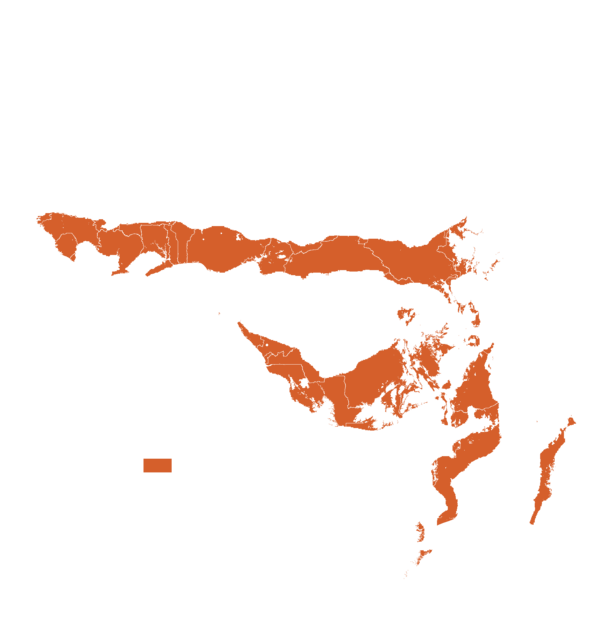

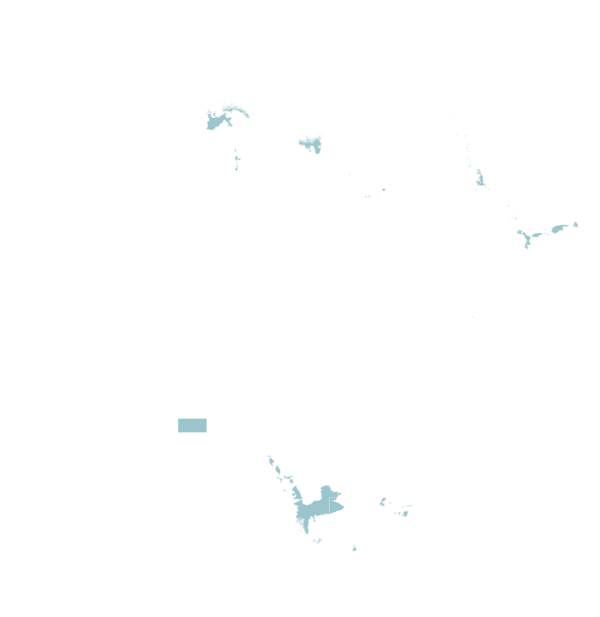

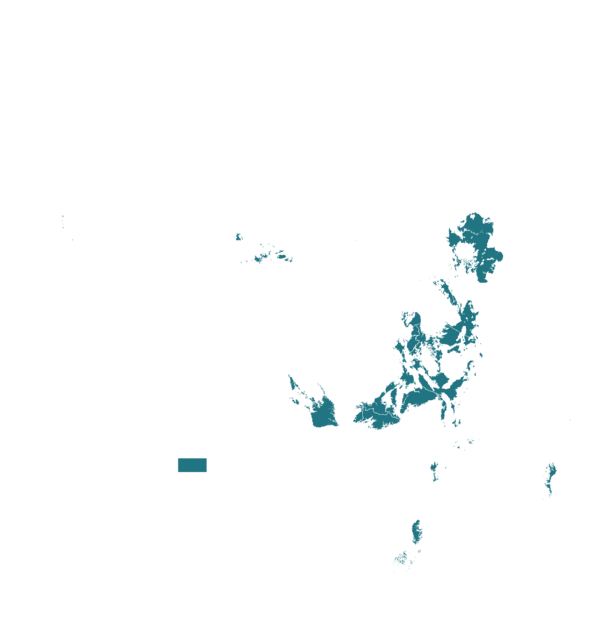

| AEZ | Subtropic - warm | Subtropic - cool | Tropic - warm | Tropic - cool |
|---|---|---|---|---|
| Arid | ||||
| Semiarid | ||||
| Subhumid | ||||
| Humid |
Source: HarvestChoice/IFPRI 2009
The United Nations Sustainable Development Goals that are applicable to this technology.

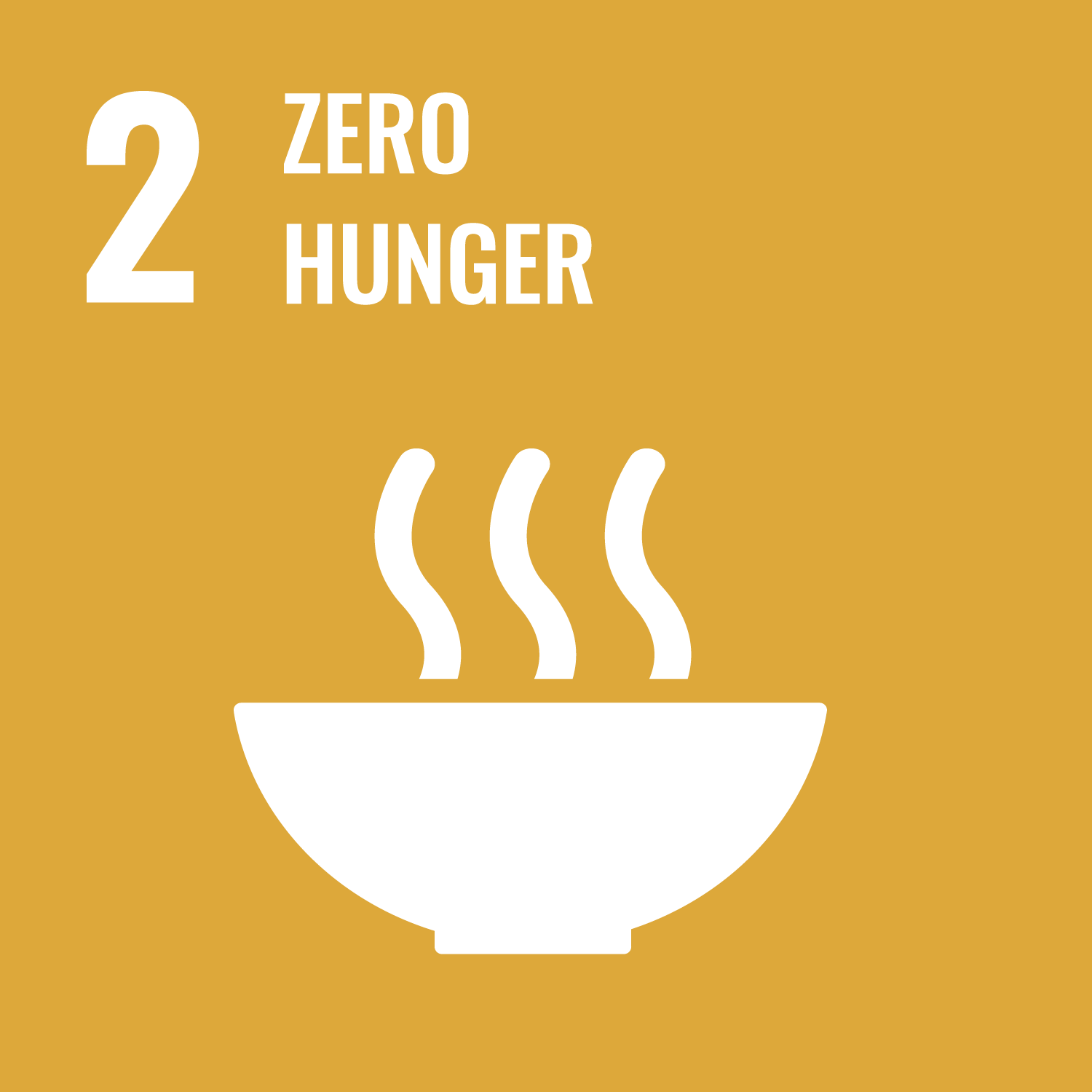

Tissue Culture Production: Begin by producing tissue-cultured (in vitro) cassava plantlets under semi-hydroponic and semi-controlled environmental conditions.
Mother Plant Preparation: Cut the tissue-cultured plantlets into mother plants. These mother plants will serve as the source for further propagation.
Tray Setup: Place the mother plants into trays with modified soil. Ensure that the trays are adequately spaced to allow for proper growth.
Growth Chamber Placement: Transfer the trays with the mother plants into a growth chamber. This chamber provides a controlled environment that is conducive for root development.
Recutting: After 2-3 weeks, recut the mother plants to obtain two plantlets from one. This step effectively multiplies the number of available plantlets.
Root Development: Return the recut plantlets to the growth chamber for an additional 6-8 weeks. During this period, the plantlets will develop well-formed roots.
Transportation: Trays can be transported in perforated cardboard boxes for up to 48 hours. This allows for convenient transportation to the planting site.
Planting: Plant the developed cassava plantlets directly in open fields or in screen houses for further breeding or production.
Last updated on 31 October 2025